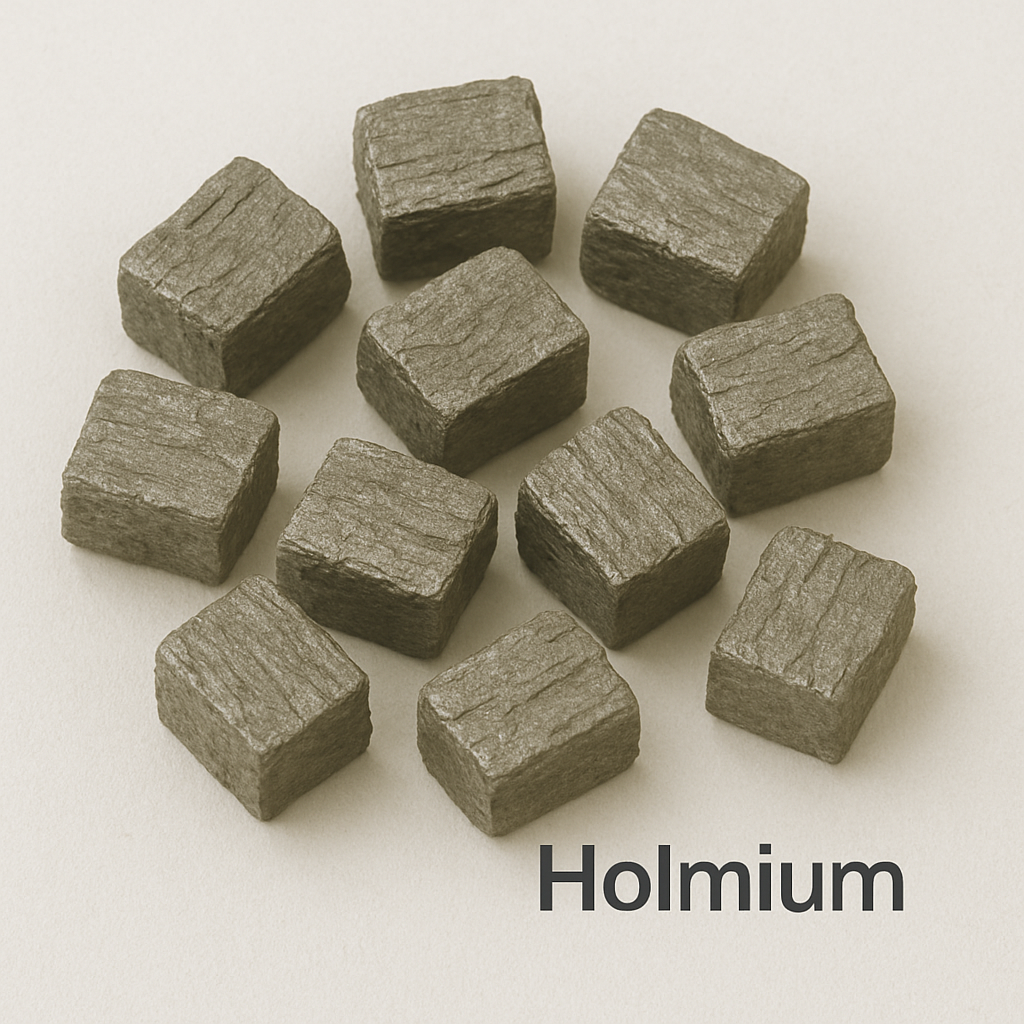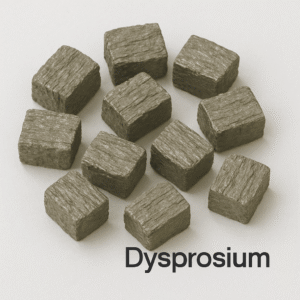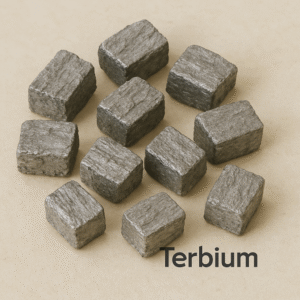Your cart is currently empty!
Holmium (Ho)
Basic Information Element Name: Holmium Symbol: Ho Atomic Number: 67 Atomic Weight: 164.93 Element Category: Lanthanide (Rare Earth Element) Standard State: Solid Appearance: Silvery-white, soft, and malleable metal Chemical and Physical Properties Density: 8.80 g/cm³ Melting Point: 1,474 °C (2,685 °F) Boiling Point: 2,700 °C (4,892 °F) Electronegativity (Pauling scale): 1.23 Oxidation State: +3 (dominant) Magnetism: Strongly paramagnetic; exhibits […]
Description
Basic Information
-
Element Name: Holmium
-
Symbol: Ho
-
Atomic Number: 67
-
Atomic Weight: 164.93
-
Element Category: Lanthanide (Rare Earth Element)
-
Standard State: Solid
-
Appearance: Silvery-white, soft, and malleable metal
Chemical and Physical Properties
-
Density: 8.80 g/cm³
-
Melting Point: 1,474 °C (2,685 °F)
-
Boiling Point: 2,700 °C (4,892 °F)
-
Electronegativity (Pauling scale): 1.23
-
Oxidation State: +3 (dominant)
-
Magnetism: Strongly paramagnetic; exhibits the highest magnetic moment of any naturally occurring element (10.6 μB per atom)
Reactivity and Storage
Holmium oxidizes slowly in dry air but rapidly in moist conditions, forming a yellow oxide layer. It reacts with water and dissolves in acids. For long-term storage, holmium metal should be sealed under inert gas or mineral oil to prevent oxidation.
Occurrence and Extraction
Holmium is not found in pure form in nature but is present in rare earth minerals like monazite and xenotime. It is obtained through standard rare earth separation techniques such as solvent extraction and ion-exchange.
Isotopes
-
Naturally occurring holmium consists entirely of one stable isotope: Ho-165
-
Several radioactive isotopes have been synthesized for research
Key Applications
1. Magnets and Magnetic Materials
-
Holmium’s extremely high magnetic moment makes it valuable in high-strength magnets and magnetic flux concentrators
-
Used in:
-
MRI shielding
-
Cryogenic magnetic applications
-
Magnetic calibration materials
-
2. Nuclear Control Systems
-
Due to its high neutron-absorption cross-section, holmium is used in nuclear reactor control rods to help regulate fission reactions
3. Laser Technology (Ho:YAG Lasers)
-
Holmium-doped yttrium aluminum garnet (Ho:YAG) lasers emit at 2.1 μm
-
Extensively used in:
-
Urological surgeries (e.g., kidney stone fragmentation)
-
Orthopedics
-
ENT and spinal surgery
-
-
Benefits include shallow penetration and precise ablation with minimal thermal damage
4. Glass and Crystal Coloring
-
Holmium oxide imparts yellow-red coloring to glass and is used in specialized optical filters
-
Also serves as a standard in spectrophotometer calibration due to its sharp absorption bands
5. Data Storage Alloys
-
Holmium is used in magnetic-optical materials and rare earth cobalt alloys for high-density data storage (e.g., in Blu-ray and magneto-optic disks)
Interesting Facts
-
Discovered in 1878 by Swiss chemist Marc Delafontaine and independently by Per Teodor Cleve
-
Named after Stockholm, Sweden (Latin: Holmia)
-
Exhibits one of the highest magnetic susceptibilities of all elements
-
Despite being relatively rare, it is commercially available due to improved rare earth separation methods
Additional information
| Weight | 1 lbs |
|---|---|
| Dimensions | 1 × 1 × 1 in |
| Weight | 100G |
-
Cerium (Ce)
$257.00 -
Dysprosium (Dy)
$670.00 -
Erbium (Er)
$174.00 -
Europium (Eu)
$1,550.00 -
Gadolinium (Gd)
$106.00






